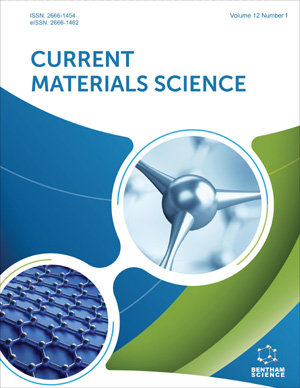Abstract
Biosystems are responsive to almost all types of stimuli. These stimuli are in the form of fluctuations in their internal and external environments. Abiota, biota, and nanomaterials are interactive components of the environment. These units exhibit a wide range of reactivity because of their respective physicochemical, biomolecular, biochemical, and biophysical features. Biosystem is a complex unit of biota and these are acellular, cellular, unicellular and multicellular structurally and functionally in nature. Cell being the structural and functional unit of the biosystem, is a wellorganized structure exhibiting wide variety, nature, and functions that bring about the sustenance of the biosystem. Nanomaterials are some of the most desired novel materials to be used as agents to carry drugs, as a component of biomedical aids, diagnostic tools, biomedical imaging, etc. Inter-actions between nanomaterials and the biosystem are very ubiquitous and at the same time ambiguous. Most of the physicochemical properties of nanomaterials play significant roles and cause impacts on interacting materials. These materials are inorganic, organic, or living. Cellular uptake of nanoparticles is a common phenomenon and has a wide range of applications in the field of nanomedicine from cell tracking, cellular to molecular imaging, disease targeting, drug/gene delivery, diagnosis, and therapy. Nanoparticle-based diagnostic or therapeutic applications are mainly attributed to the various methods of functionalization and localization in the cellular and subcellular compartments. The pre-requisite for the nanoparticle-based therapeutic applications mainly involves the mechanisms of the uptake of the nanoparticles which also determines the fate of these nanoparticles for effective efficacy. Applications of nanomaterials are dependent on the regulated interaction between biota and abiota of the environment. The wide range of functionality of nanoparticles is because of their physicochemical properties, ability to get modified or formulated readily, as per the need, and the greatest flexibility among the adaptability of biota. The potential use of nanomaterials may be the cause of their derogative impacts on abiota and biota. It is one of the prime concerns during development, formulation, and applications in varied fields to provide insight into the interactions between nanomaterials and the biosystem. One must understand the intricacies of their interactions within biosystems.
Keywords: Biocompatibility, Cellular-uptake, Cell membrane, Cytoskeleton, Cellularuptake, Caveolae-mediated endocytosis, Clathrin-mediated endocytosis, Enhanced permeable and retention effect, Glycocalyx, Internationalization of nanoparticles, Phagocytosis, Proton sponge effect.




















